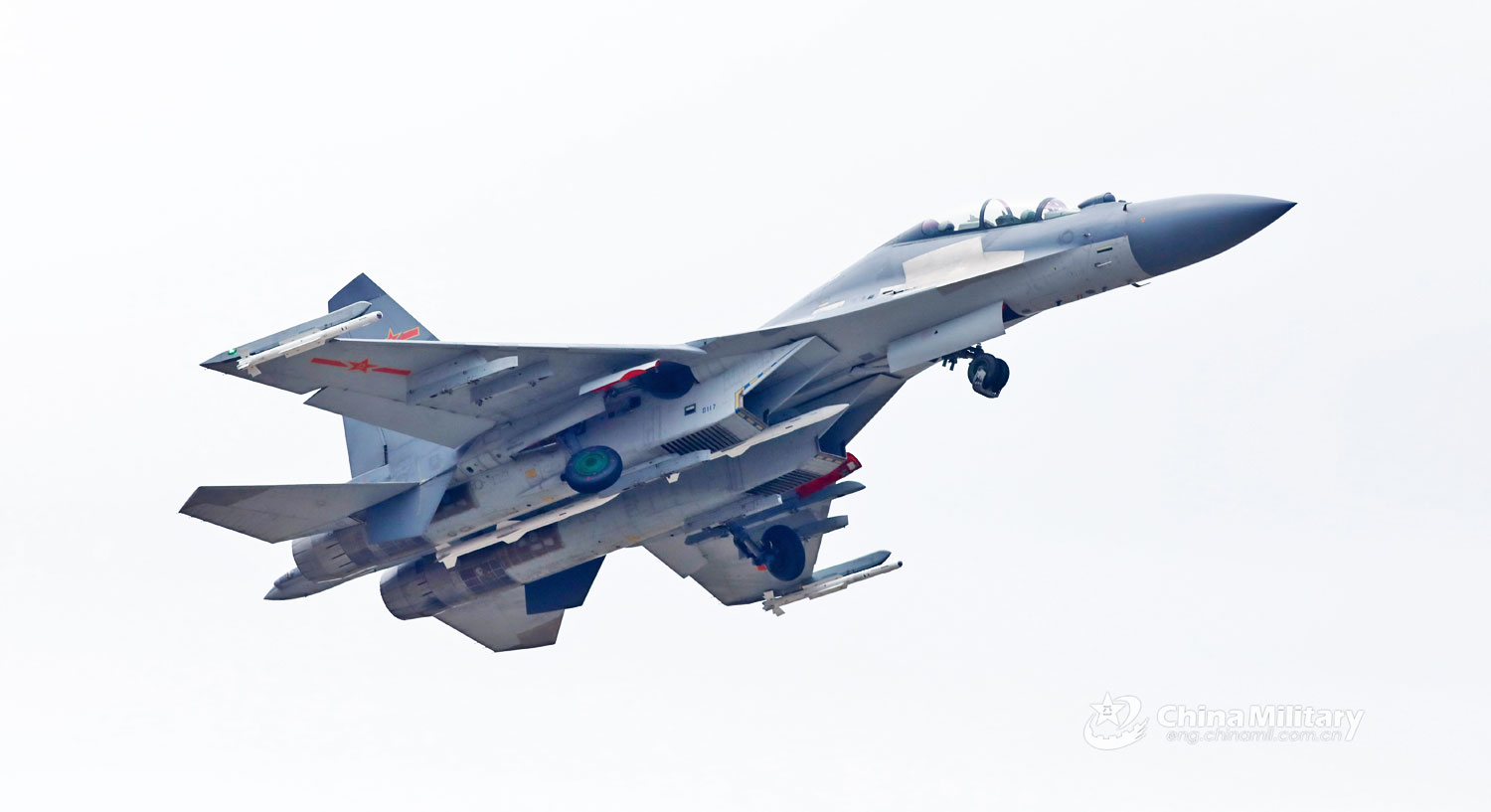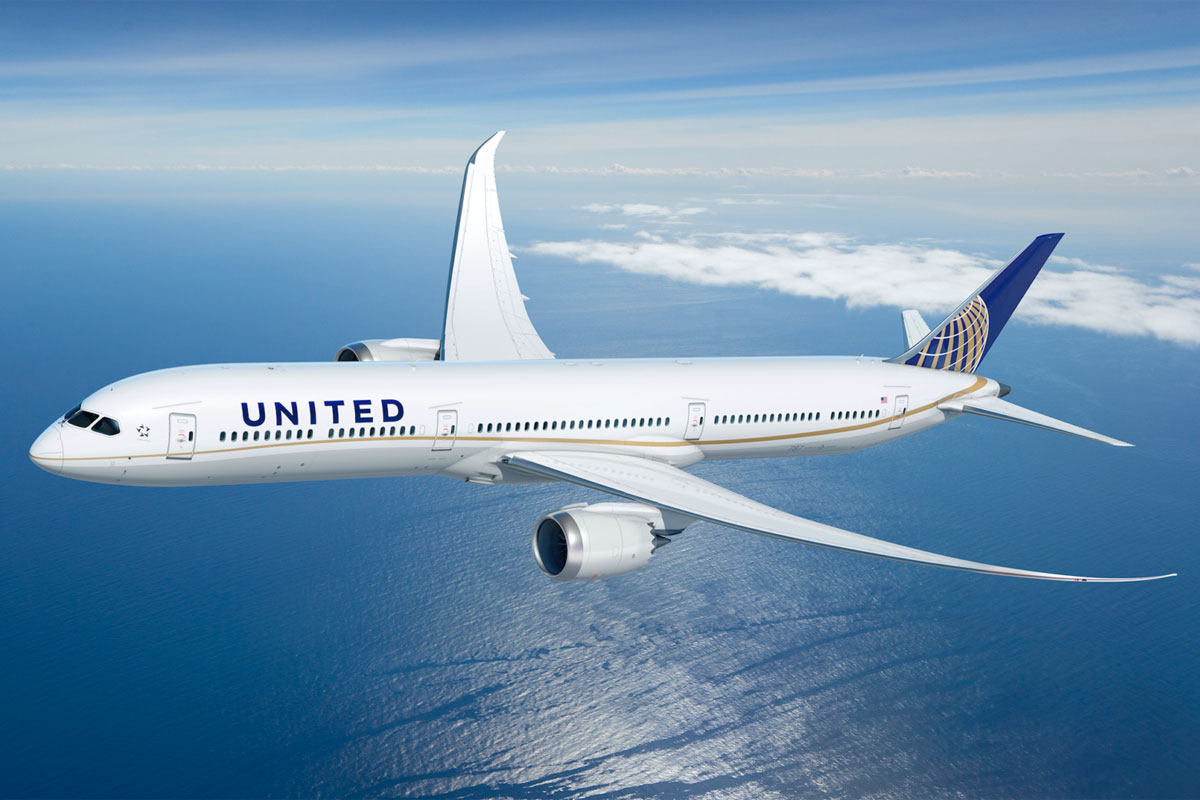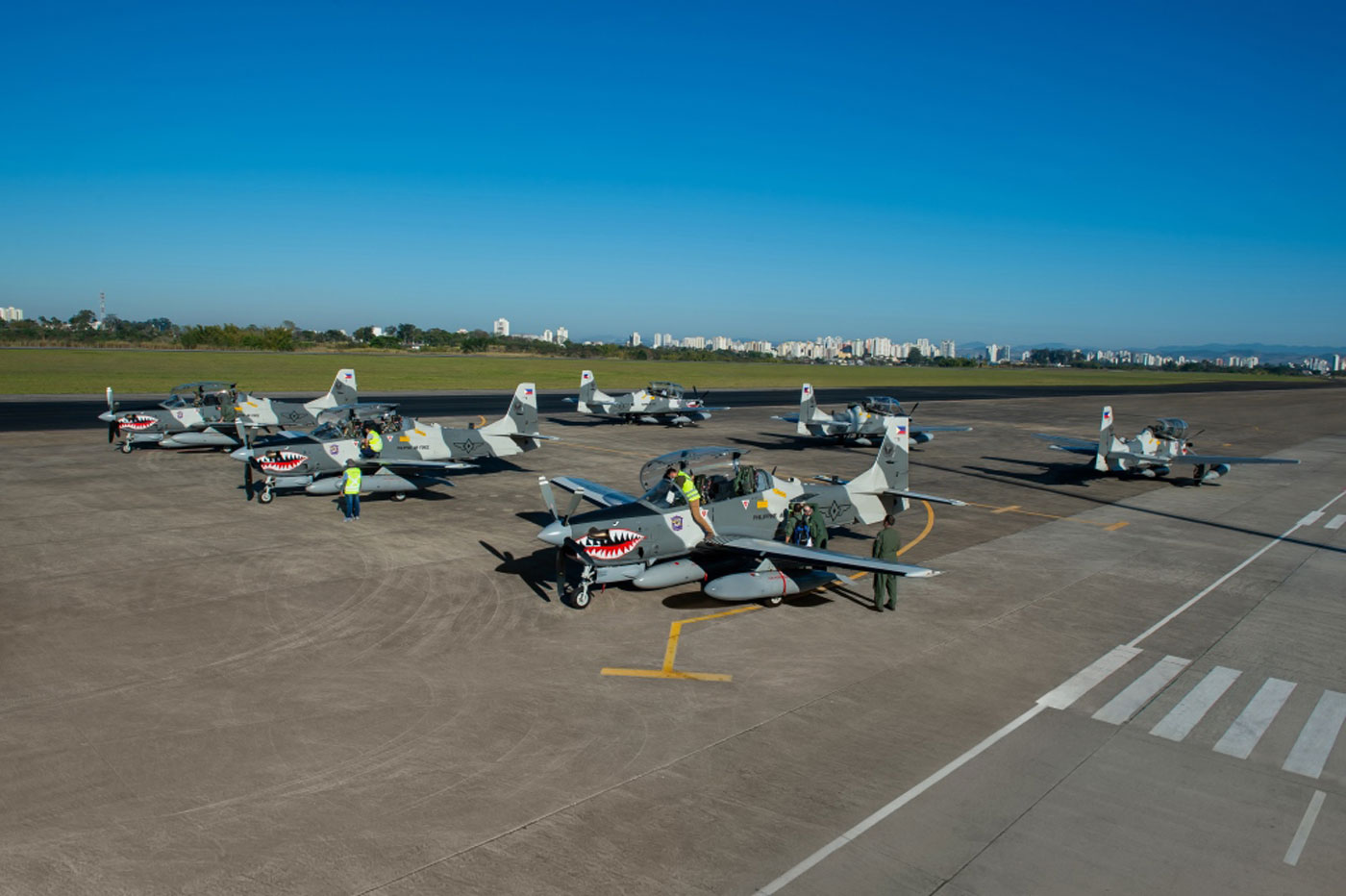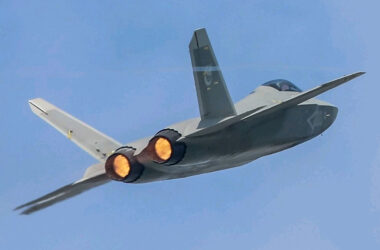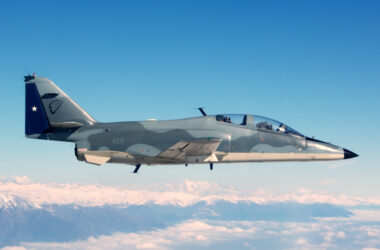The Chinese newspaper Global Times, controlled by the government of China, published an article last week with the testimony of an Air Force pilot from the People’s Liberation Army Air Force (PLAAF) who praises the J-16 fighter, which he considers “flawless”.
The multirole fighter made by Shenyang is nothing more than a Chinese-developed version of the Sukhoi Su-30, a Russian two-seater combat aircraft that also operates in the Asian country.
Wang Songxi, a military flight instructor, was interviewed by CCTV, where he explained that the J-16 is superior to all the fighters he has ever flown. “The J-16 has no flaws, because it is equipped with many types of weapons and can operate under all weather conditions,” said Wang.
The pilot reported an aerial combat exercise between the J-16 and the J-10, a single engine fighter developed in China by Chengdu, in which the Shenyang model proved to be more capable, according to him.
The J-16 has been seen most often in military exercises in the Taiwan Strait, the newspaper says. PLAAF does not disclose how many fighter units it has, but it is estimated that there are six squadrons today, with about 35 aircraft each, which would mean just over 200 fighters.
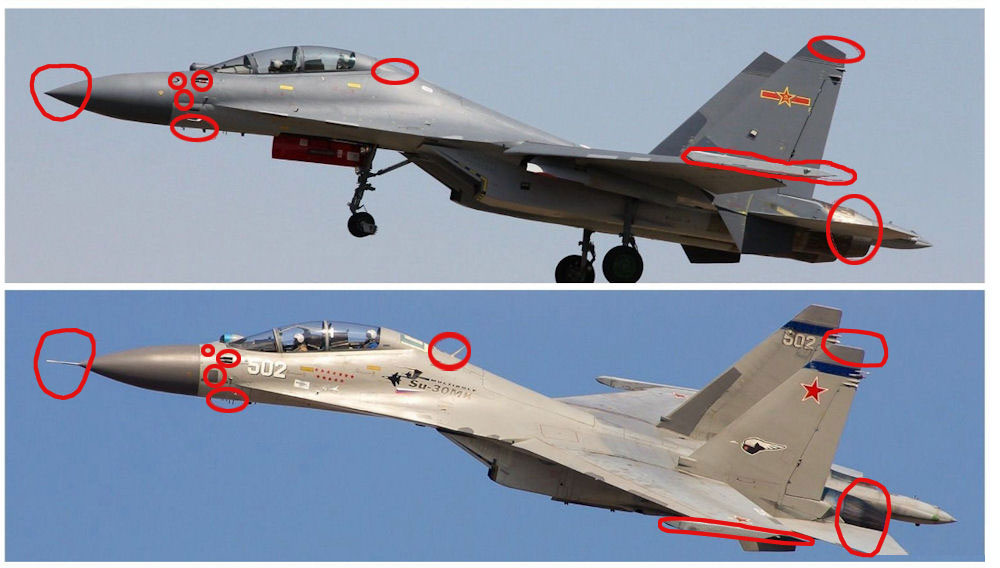
Chinese engine
Despite the overflattered statement by the Chinese pilot, it is a fact that the J-16 differs deeply from the fighters produced by Sukhoi, even from more recent versions.
China began to receive the MiG-29 and Su-27 fighters shortly after the end of the Soviet Union and it was not long before it produced licensed versions like the J-11 and the J-15, a naval fighter. However, these planes were practically identical to Russian jets.
The J-16 meant an effort by the government to adapt the original design to Chinese requirements and also to expand the use of local components.
Thanks to the initiative, the Shenyang fighter has become more advanced than the Russian fighter. One of the main differentials is the advanced AESA radar (Active electronically scanned array), but the J-16 also incorporates other avionics such as a Chinese infrared search and track (IRST).
The fighter plane also carries weapons developed by Chinese companies and is equipped with the WS-10 turbofan as a replacement for the Russian AL-31F. The engine is based on the civilian CFM-56 and offers performance similar to Saturn’s turbofan, although rumors indicate it is less reliable.
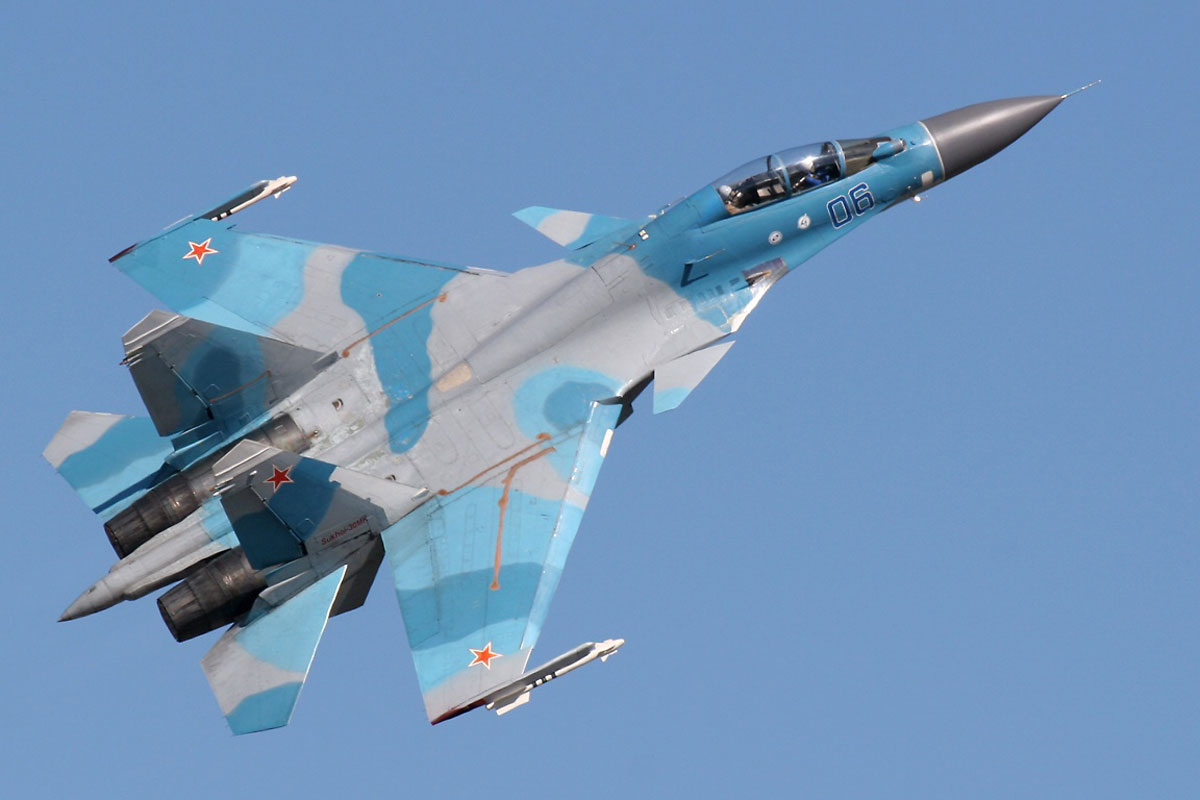
China also claims to have reduced the weight of the aircraft due to the use of composite materials, an aspect in which the Russians are lagging behind. For this reason, the J-16 would be lighter than the Su-30 even if it carried more equipment and armaments.
Finally, the J-16 received radar-absorbing material that expanded its stealth capacity, according to the Chinese press.
Even though many of these reports are overrated, it is a fact that the Shenyang J-16 is currently an important asset of PLAAF, whose main star, the stealth fighter J-20, still has a small fleet.
The J-16 thus assumes a similar role to the F-15 Eagle in the USAF, as a versatile and numerous fighter, making Chinese military power even more present in the region.
Top image source: eng.chinamil.com.cn

